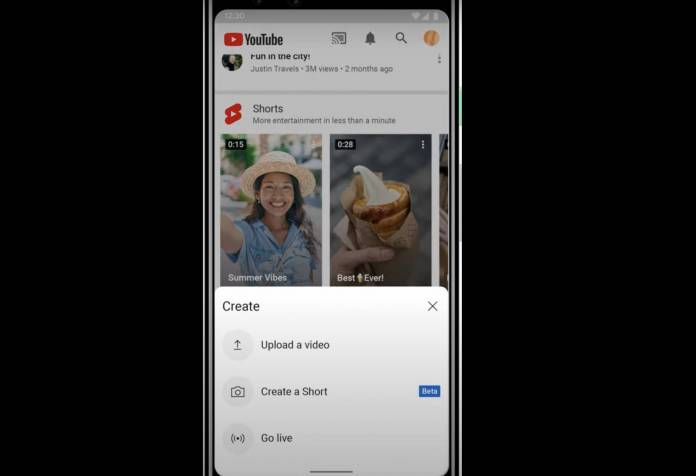
TikTok is still growing at an outstanding pace despite issues with countries like the U.S and India and “tensions” with other companies and rivals. And so tech giants are scrambling to create their own version and hope their marketing prowess will be able to compete with and maybe even overtake the short-form viral video phenom. YouTube announced last year that they were introducing a new short-form video component called Shorts and now it’s finally rolling out in the U.S after an initial launch in India.
YouTube Shorts rolled out first in India because the country has banned TikTok last year and so the market is ripe for similar short-form video streaming services. Chief Product Officer Neal Mohan said it will reach the U.S. in March and so some users are already seeing the platform on their updated YouTube app. It seems to be a server-side update though so not everyone will be able to get it and it cannot be forced onto your app.
YouTube Shorts player has been receiving 3.5 million views a day, XDA Developers reported. With TikTok about to go beyond 1 billion active users per month this year, its competitors will need to speed up their rollouts. Facebook’s Instagram Reels has also been making several announcements lately and we can expect Google to double time their global rollout for Shorts. The question will be whether they can get TikTok users to their platforms or their existing user base will try out the new feature.
Using YouTube Shorts seems to be pretty straightforward. You just tape the create button and instead of uploading your regular video, you tap Create a short and shoot it in vertical orientation. You can add music from their library, record multiple segments of the same video, adjust the speed, and choose the length of the timer, from 3s to 10s to 20s. Users are also encouraged to add #shorts to the title for a better chance of being seen.
Google has not yet announced when YouTube Shorts will roll out to other territories. Chances are it’s imminent although they might also look at how it will perform in the U.S first before doing a global rollout.









